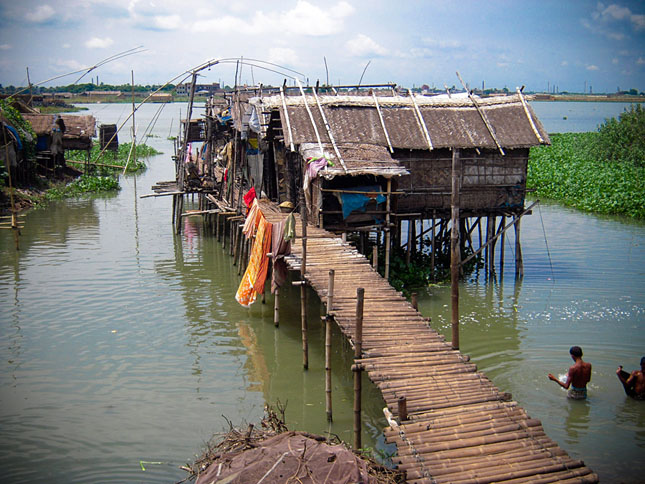-
Mogelgaard, McGray, Amerasinghe, World Resources Institute
What Does the Paris Agreement Mean for Climate Resilience and Adaptation?
January 14, 2016 By Wilson Center Staff
Climate change impacts, such as severe drought, sea-level rise, and shifting seasonal patterns, will affect people everywhere. So it’s fitting that the new Paris Agreement places unprecedented importance on actions needed – both nationally and globally – to help people adapt, and solidifies expectations that all countries will do their part to promote greater climate resilience. It also recognizes that even the greatest resilience may not completely prevent harm to life and property, and that the global community must find ways to address “loss and damage” in cases where impacts are beyond the limits of adaptation.
On Par With Mitigation: A Goal and “Cycles of Action”
In the lead-up to Paris, it became clear that climate change adaptation issues would garner greater attention in the negotiations than they ever had before. The vast majority of national climate plans submitted in advance of Paris – known as Intended Nationally Determined Contributions (INDCs) – included not only countries’ plans to reduce emissions, but also descriptions of their adaptation goals, priorities, actions, and needs. Countries pointed toward their current activities and plans to build resilience in agriculture, health, and water sectors, and many outlined their needs for support in assessing and reducing their vulnerability to climate change.
That set the stage for negotiations and an agreement that placed adaptation issues on par with mitigation. For one, the agreement includes a long-term adaptation goal alongside the goal for mitigation. The agreement’s goal of “enhancing adaptive capacity, strengthening resilience, and reducing vulnerability to climate change, with a view to contributing to sustainable development and ensuring an adequate adaptation response in the context of the temperature goal” explicitly links adaptation to the mitigation goal of limiting global temperature rise to well below two degrees Celsius (3.6 degrees F). This connection makes it clear that if mitigation activities succeed in limiting the rise in global temperature, less adaptation will be needed.
Continue reading on the World Resources Institute.
Sources: World Resources Institute.
Photo Credit: Stilt houses in Dhaka, Bangladesh, courtesy of University College London’s Bartlett Development Planning Unit.
 A Publication of the Stimson Center.
A Publication of the Stimson Center.






